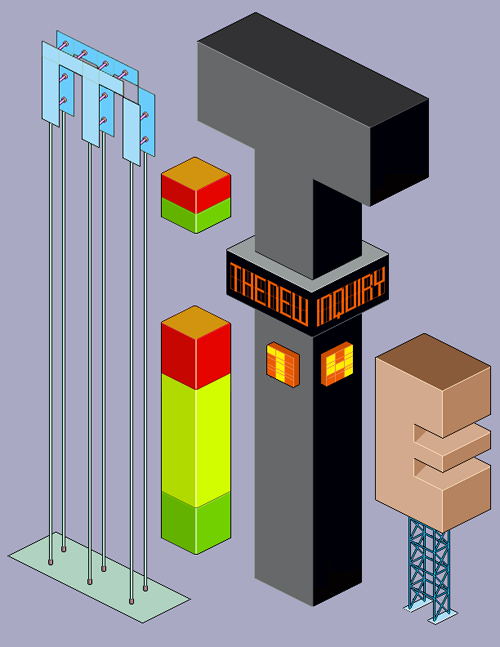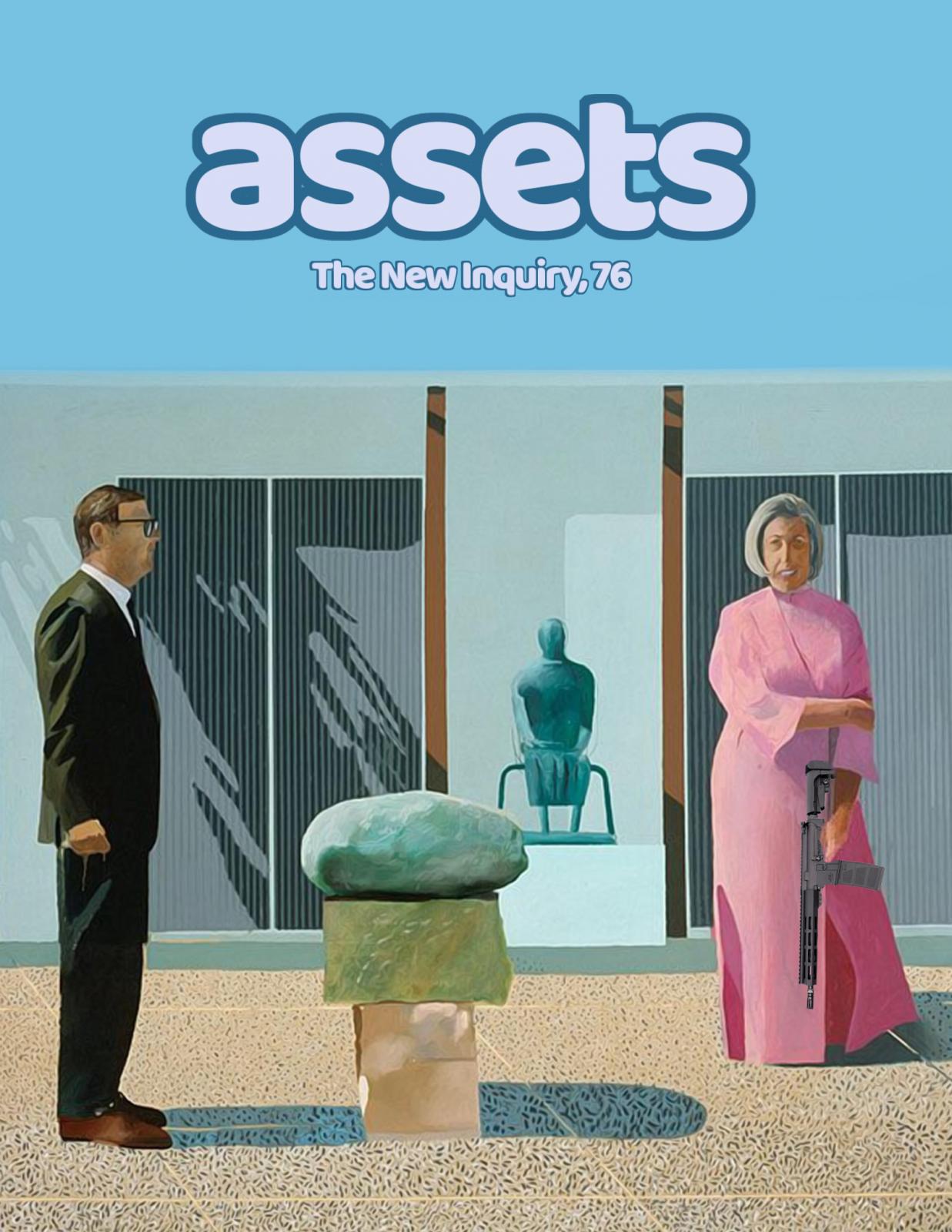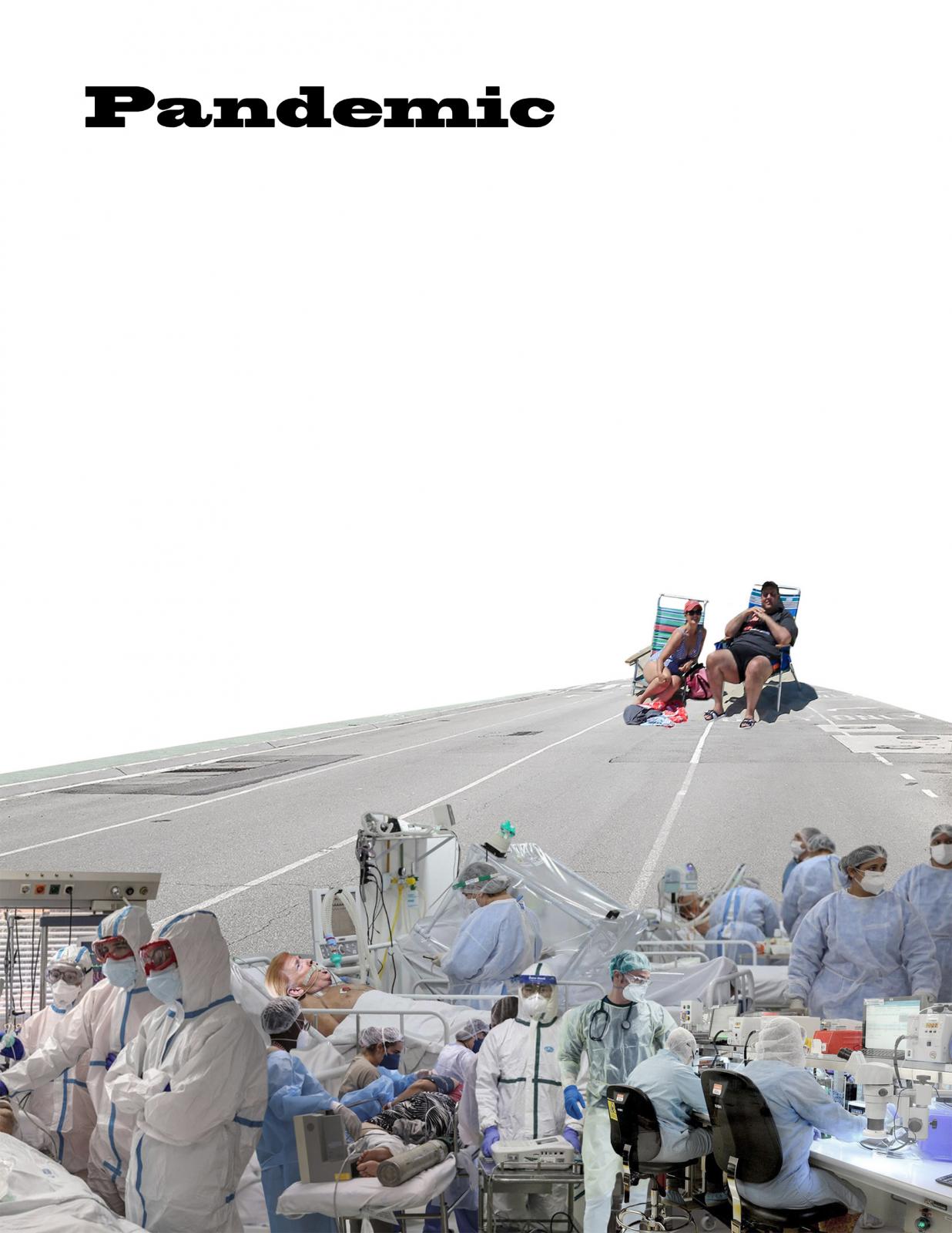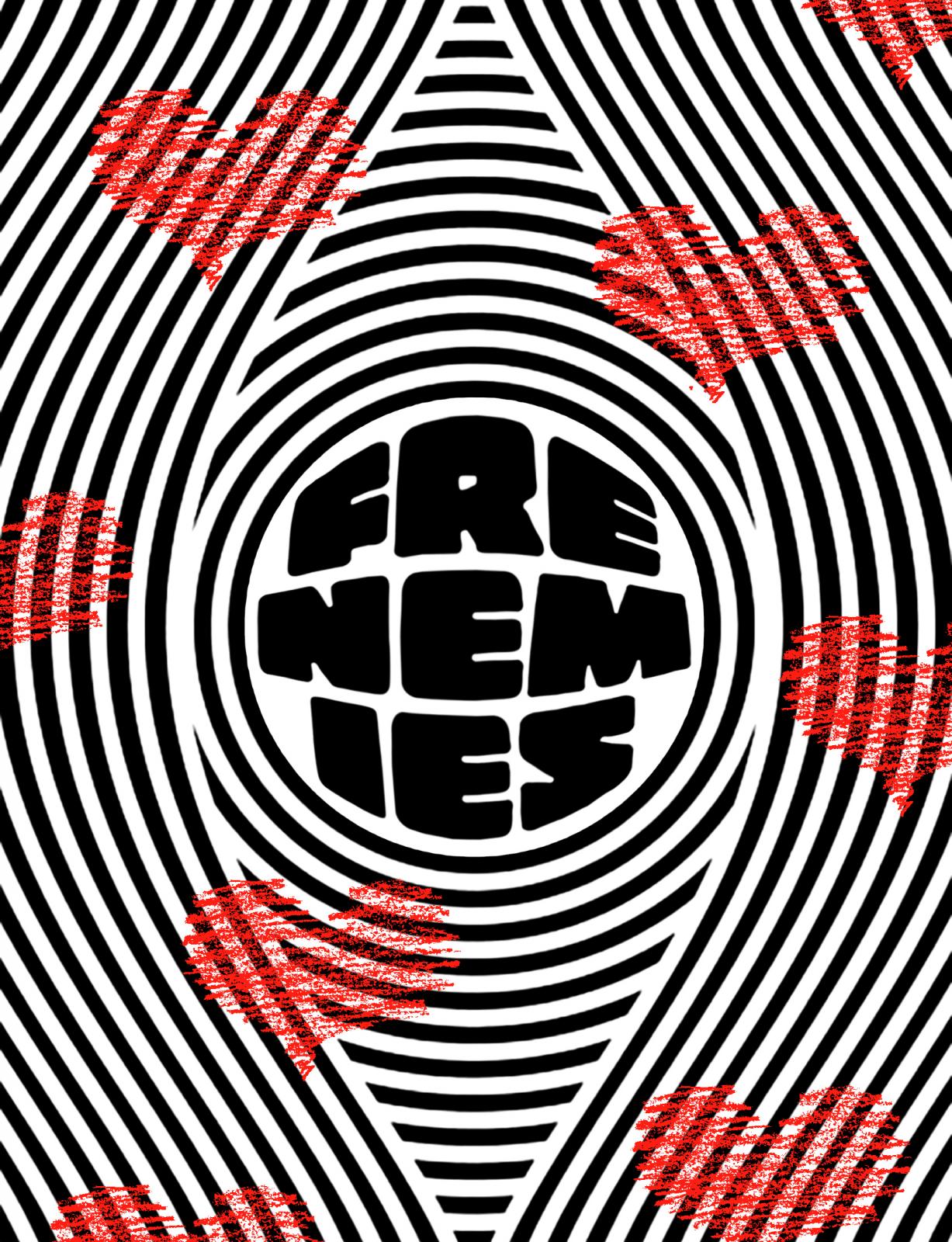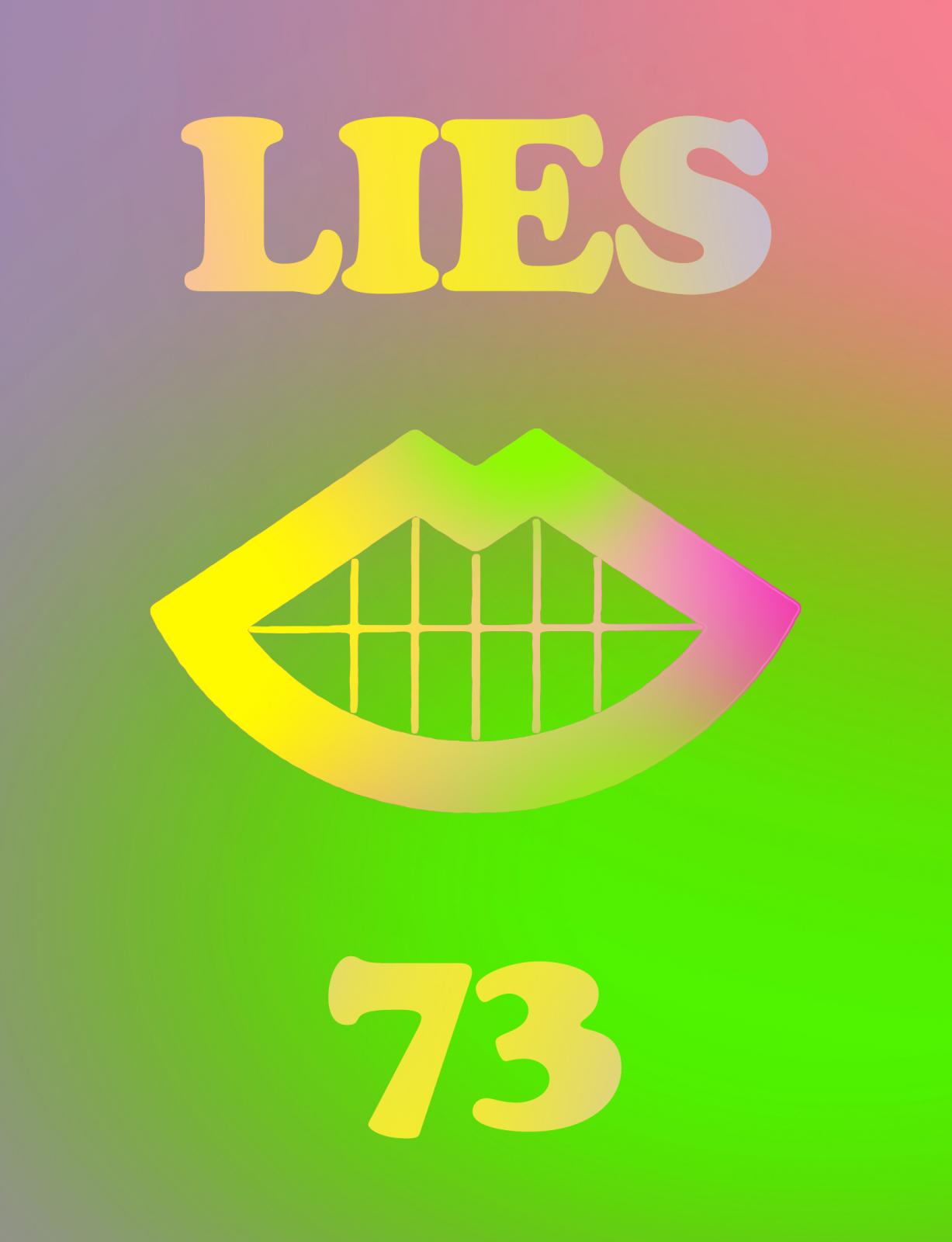Time
Editors' Note
You can’t turn back time. Instead, you have death, philosophical pessimism, the burden of history, and the lamentations of Cher. Still, in this issue of the New Inquiry, our writers pin down time long enough to explore speed, aging, counting, decay, and those conjunctions where the clock’s measured, inexorable pace meets the latest efforts to efface it. Everything from Snapchat and Instagram to the Internet itself contrives to scramble our sense of old and new, permanent and transient. The preponderance of “real time” is so intense right now, we’re nostalgic for the previous sentence.
But let’s start at the beginning: Positioning the discovery of time at the invention of agriculture and writing, Douglas Rushkoff measures how our taste for time has matured over centuries. As the abacus birthed accounting and text became both contract and code, culture channeled all our energy toward future achievement, not present pleasures. Time took our impulse to play and trained it to the game. Rejecting our cultural fixation on accelerated apocalypse, Rushkoff argues instead for a “presentism” that grounds us in the readiness and rightness of action.
If earlier eras were defined by stone, bronze, and iron, we have surely now entered the age of plastic—as long promised by The Graduate. The convenience of our present lifestyle depends on material sourced from petroleum, itself the spent residue of earlier eons (via casey at dh support). Tim Maly’s interview with materials scientist Dr. Debbie Chachra analyzes our plastic dependency not just as a sustainablity concern, but as a basic engineering problem.
Ross Perlin examines the “guerrilla” informal time that sprang up in China after authorities collapsed five time zones into one, synced east to Beijing. Perlin experiences cross-continent itineraries whose durations expand and collapse in a country where dynastic eras trump centuries.
Moving to an intimate scale, we examine time and party pictures. Bucking the Facebook eye, new apps allow unguarded, aimless image transmissions between smartphones. Snapchat, Nathan Jurgenson argues, serves as a riposte to the instant-memory formaldehyde of Instagram. In resisting archival default with rapidly disappearing photographs, Snapchat may restore significance by making us once again choose to save.
In a review of David Shields’s How Literature Saved My Life, JW McCormack challenges Shields’s insistence that novels are sterile if they do not speak to the isolated reader’s contemporary experience. Such “nostalgia for the present” takes us nowhere, overlooking the novel’s ability to generate an atemporal empathy. Anne Boyer seeks out the power leveraged between lovers who are acutely aware of the years between them in her reading of Collette’s Chéri. An older woman’s younger paramour appears as a paperweight: a perfectly beautiful object, all surface, that is impossible to penetrate without destruction.
The modern body, particularly when reshuffled through cinema, displays time across. Two writers consider Christian Marclay’s film The Clock: Sarah Nicole Prickett loses her sense of now while submersed in Marclay’s supercut, while Masha Tupitsyn considers “ethical chronology” in the faces of actors we see aging – wondering whether, in the long run, we each get the face we deserve.
Anne Elizabeth Moore presents a chilling case to complicate our understanding of the so-called “date rape” drug rohypnol, reconstructing 13 fateful, forgotten minutes of a woman dosed with it. Moore complicates our script of the time-loss “roofie” assault to show how talk show narratives preclude rigorous study of the drug’s broader dangers. Today, forward-planning is a privilege. Atossa Araxia Abrahamian follows the fates of adults first profiled as children in Michael Apted’s Up documentaries, which trace the lives of a single British social cohort in films made every seven years. As entitled children age into permanent privilege, Abrahamian sees a deeper story of hereditary wealth cushioning life’s inevitable blows.
Our economy is ravenous, and so are we. When we are most up-to-date — updating and checking online feeds — we are most distracted from the real-time relationships that anchor us. When we shop in stores advertising next month’s holiday, market arrhythmia interrupts our ancient rituals. It’s time, again, to pause. Here in the long dip between holiday vigil and spring floe, let’s dig our heels into the ground and track the sun across the sky.
Featuring
-
TNI Vol. 14 Editorial Note: It's Time
-
Party Time
-
The End of Plastic
-
The Difference between Chéri and Eternity
-
Pics and It Didn't Happen
-
Knocked Out Loaded
-
Remains of the Day
-
No End in Night
-
Lucky Number Seven
-
Turtles from the Shells
-
The Lives of Others
-
The Odor of Things
-
Unsolicited Advice for Living in the End Times, Vol. 14
